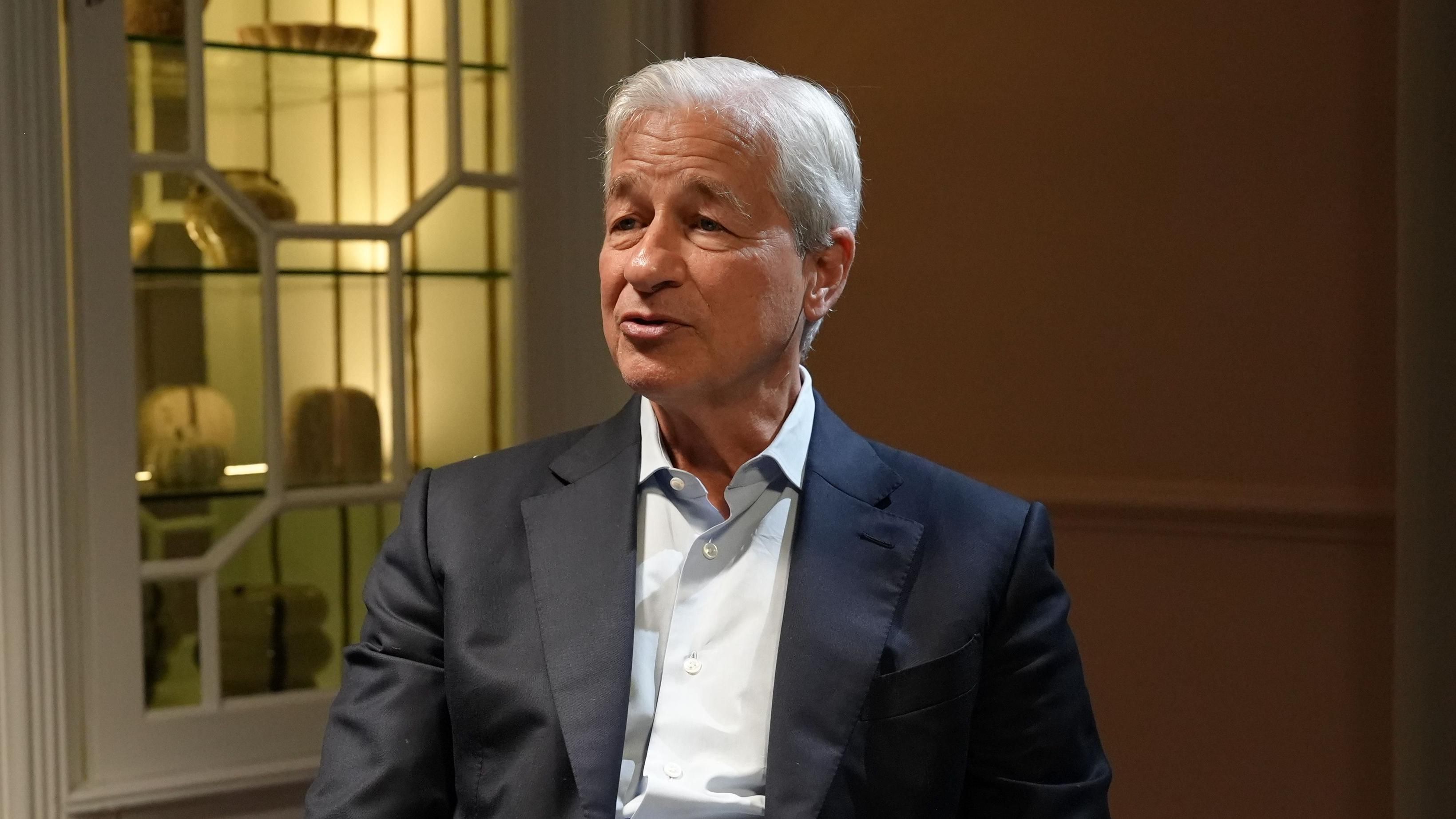The market for nutritious foods has seen significant changes in the past ten years. Recent developments indicate a shift from just minimizing calories and fat to preferences that highlight functional advantages, eco-friendliness, and individualization. Modern consumers are not only concerned with what they consume, but are also highly driven by their reasons for eating.
An increasingly notable trend is the rise in functional foods. These items are no longer confined to conventional types like probiotic yogurts or cereals with added nutrients, but now include drinks with adaptogens and snacks containing ingredients like collagen, ashwagandha, or mushrooms. A 2023 report from Grand View Research estimates that the worldwide market for functional foods will hit $309 billion by 2027. This growth is fueled by younger consumers who seek both flavor and health advantages in their snacks and meals, whether it’s mental boosts from beverages with nootropics or immune enhancements from elderberry-enriched products.
Innovations in Plant-Based and Alternative Proteins
The realm of plant-based and alternative proteins is witnessing a major transformation. This movement started with traditional meat substitutes like burgers made from soy or wheat, but now encompasses items produced from mycoproteins, algae, fungi, and even insect protein powders. Enterprises such as Impossible Foods and Beyond Meat have contributed to making plant-based diets more socially acceptable, while emerging companies are enhancing fermentation techniques and cellular agriculture.
The trend extends beyond just plant-based burgers and imitation chicken. For instance, Perfect Day, a company from the United States, creates dairy products without animals by using precision fermentation, producing authentic milk proteins without the need for cows. New releases in 2024 feature seafood substitutes made from oats and eggs made from chickpeas. This swift progress directly addresses environmental issues and the increasing data linking intensive animal farming to climate change, thereby aligning with the principles of environmentally-conscious consumers.
Personalized Nutrition and Technology Integration
The convergence of technological advancements and dietary science has paved the way for bespoke, data-centric nutritional products. The emergence of home-based microbiome and genetic testing solutions has empowered consumers with custom nutritional guidance. Companies such as DayTwo and ZOE utilize personal biological information to propose specific foods that enhance metabolic efficiency, prioritizing blood sugar regulation and gastrointestinal wellness.
In the meantime, food corporations are utilizing artificial intelligence and machine learning to study worldwide food trends and provide tailor-made products. Applications currently suggest shopping lists and meal plans that consider nutritional objectives, allergies, and even the availability of local ingredients. This accessibility to personalized nutrition is altering what consumers anticipate from food brands, encouraging even worldwide conglomerates to significantly invest in interactive platforms.
Clean Label and Transparent Sourcing
A critical trend is the growing demand for clean label products. Increasingly, shoppers scrutinize ingredient lists, prioritizing food with minimal processing, recognizable ingredients, and clearer sourcing information. According to Innova Market Insights, 60% of consumers globally say they trust products more when they can trace the source of their ingredients.
Major retailers now require transparent supply chains for packaged goods, leveraging blockchain technologies to track and publicly disclose every step from farm to shelf. For instance, some coffee and chocolate brands include QR codes linking to real-time origin data and third-party sustainability certifications. Clean label also means a movement toward organic, non-GMO, and allergen-friendly products as standard rather than niche offerings.
Sustainable Farming and Environmentally Aware Purchasing
Alongside the rise in plant-based products, regenerative agriculture is becoming popular among companies in the healthy food sector intent on decreasing their ecological footprint even more. While basic sustainability emphasizes reducing damage, regenerative agriculture emphasizes enhancing soil quality, capturing carbon, and restoring biodiversity.
Prominent companies are highlighting regenerative narratives prominently. General Mills, as an illustration, has pledged to obtain ingredients from one million acres using regenerative techniques by 2030. Smaller, independent brands like Force of Nature emphasize meat offerings sourced exclusively from farms that implement rotational grazing, guaranteeing that livestock farming contributes positively to ecosystems.
Eco-consciousness also appears in packaging innovation. From compostable wraps to “upcycled” foods using byproducts of other industries (such as spent barley from breweries transformed into high-fiber flour), brands are communicating their environmental commitments alongside nutritional benefits.
Mental Well-being and Comprehensive Health
Consumer focus is no longer limited to physical health; mental wellness has emerged as an equally important criterion. Food brands now emphasize ingredients known to support cognitive function and stress reduction, such as omega-3-rich chia seed beverages, magnesium-infused snacks, and adaptogen blends. According to a 2023 Food Insight survey, 39% of Gen Z and Millennial respondents stated they choose foods that directly benefit mental well-being.
Furthermore, healthy food marketing has expanded to address holistic health—encompassing sleep, digestion, energy, and mood. This has prompted the success of products like herbal sleep drinks and probiotic-rich broths, often hyper-targeted to specific life stages or lifestyles, including menopause support bars and gut-brain axis beverages.
Global Flavors and Culinary Exploration
Beyond health attributes, globalized palates shape the healthy food market. Consumers are open to superfoods, spices, and heritage grains from diverse cultures—think teff from Ethiopia, moringa from South Asia, or fermented foods like kimchi and sauerkraut. The fusion of flavor and function allows brands to offer nutrient-rich foods that are also sensorially exciting. Culinary storytelling, often highlighting indigenous agricultural practices, further supports both ethical sourcing and flavor innovation.
A Market That Evolves Quickly
The healthy food market is being shaped by a synergy between science, sustainability, personalization, and holistic wellness. Brands that transparently communicate their values, prioritize ecological impact, and respond to consumer demands for individualized, multifunctional foods will define leadership in this next era of nutrition. As the boundary between food and medicine blurs and technology democratises dietary optimization, both emerging entrepreneurs and legacy players face profound opportunities and challenges. Navigating these converging trends with authenticity and foresight promises to transform not just what people eat, but why and how they make their food choices.




